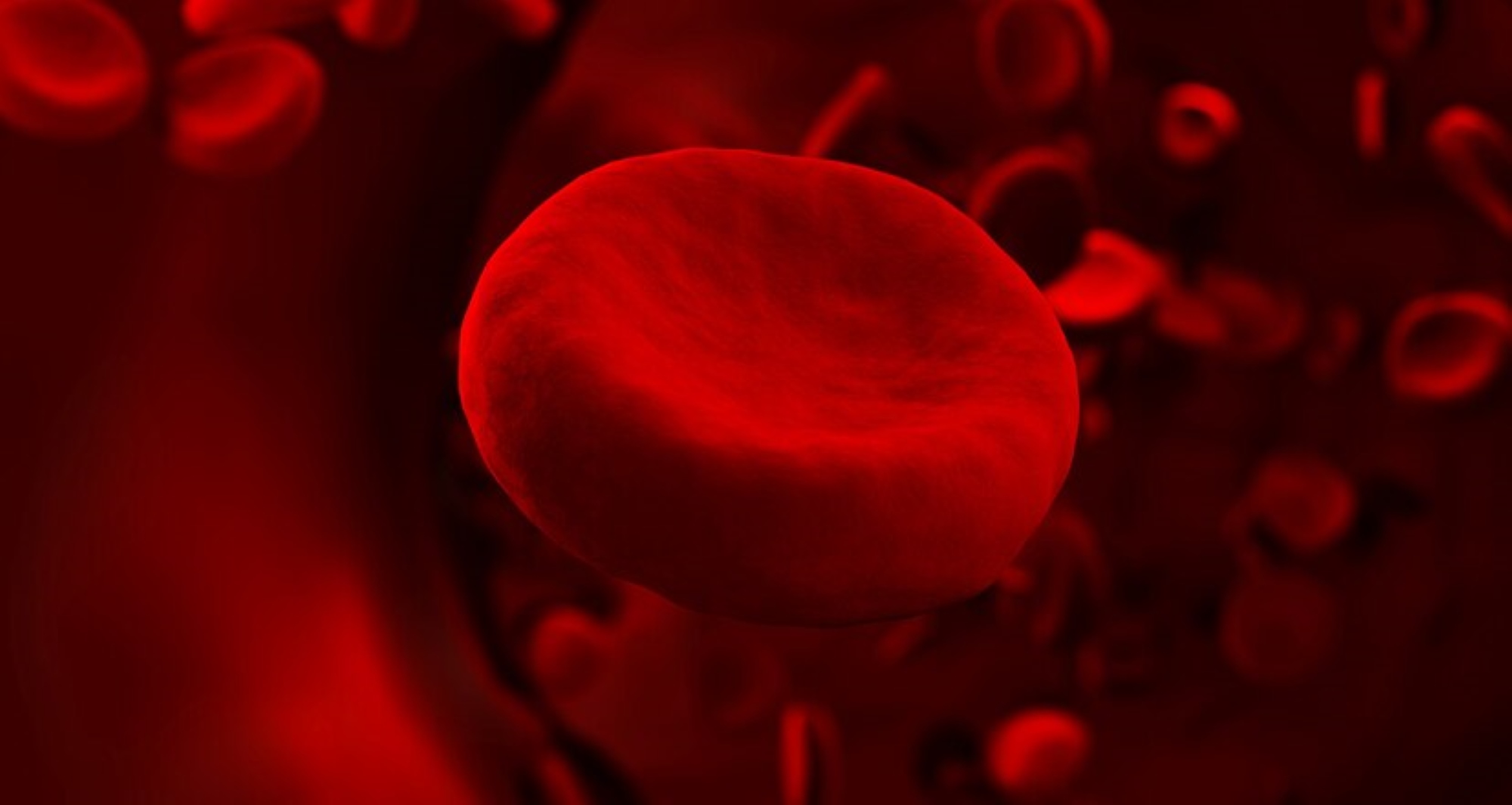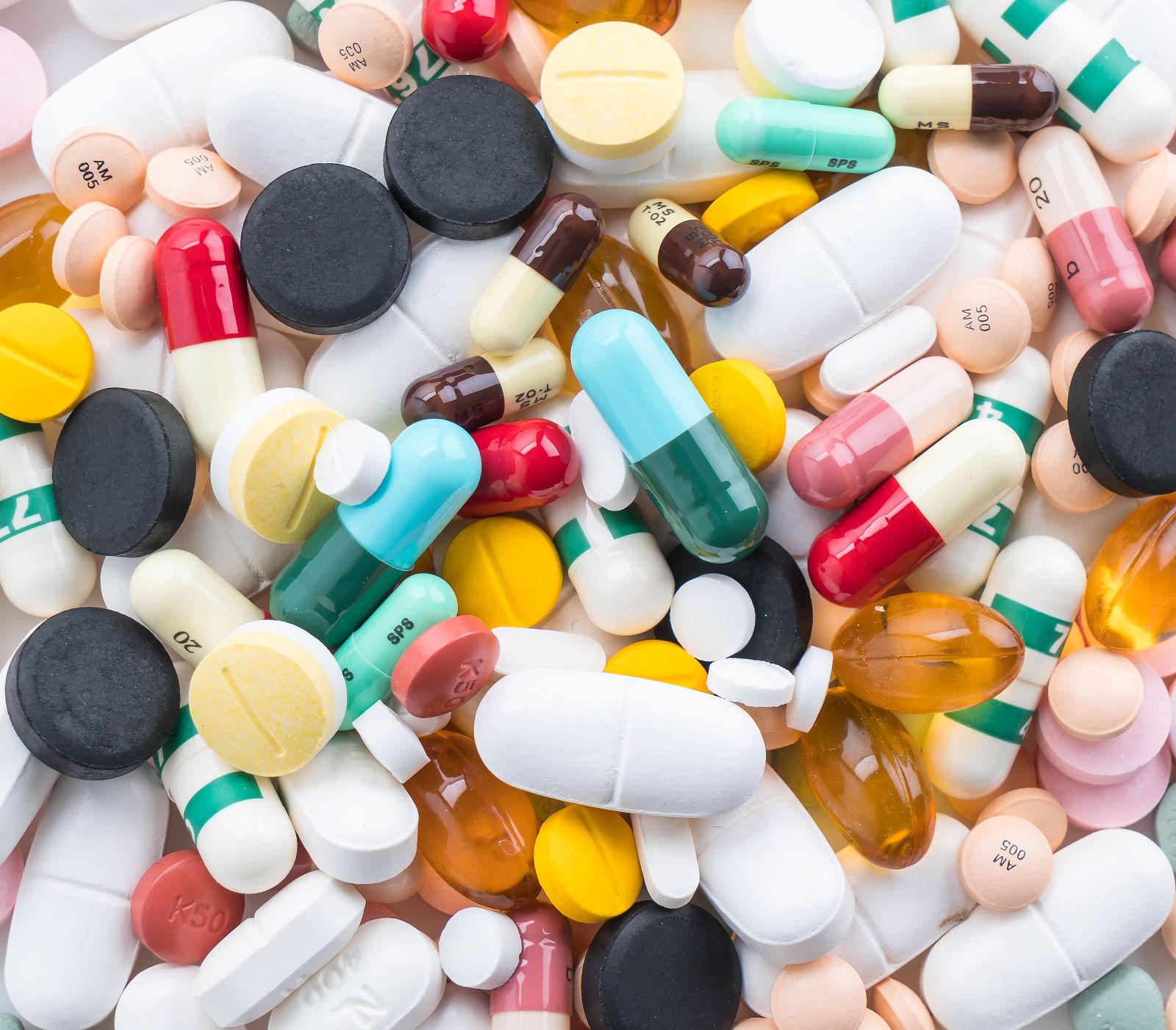Overview
Iron is one of the essential minerals in our body, which plays a pivotal role in oxygen transport, myoglobin (muscle protein) and enzyme formation. Thhe most common single deficiency all over the world is iron deficiency. Iron quantity in our body is regulated with different precise mechanisms, which balance between iron absorption and losses. Low dietary intake, impaired absorption, bleeding, loss of iron by urine can cause iron deficiency, which, when remaining untreated, can lead to anemia (decreased hemoglobin or decreased number of red blood cells).
Certain groups are at an increased risk of developing iron deficiency:
- menstruating women with heavy periods
- breastfeeding women
- infants and children
- frequent blood donors
- high-intensity athletes
- kidney transplant recipients
- other chronic conditions
Etilogy
There are 3 main groups of causes: decreased iron intake, decreased absorption by the gastrointestinal tract and increased losses. The main causes are listed in the table below.
| Low intake | Decreased absorption | Incresed loss |
| Vegeterian diet | Celiac disease | Heavy menstrual bleeding |
| Vegan diet | Atrophic gastritis | Pregnancy and lactation |
| Helicobacter pylori | Gastric ulcer | |
| Bariatric surgery | Colorectal cancer | |
| Inherited disorders | Surgical blood losses | |
| Hemodialysis |
Symptoms: Usually symptoms develop when there is anemia, but the same symptoms may also present in severe iron deficiency without anemia. The main symptoms are:
- Weakness and exercise intolerance
- Pica (craving of non-food substances, especially ice)
- Restless leg syndrome
- Hair loss
- Headache
- Brittle nails
- Sore tongue
Anemia can cause severe fatigue, irritability, tachycardia, and low blood pressure.
Children with iron deficiency anemia are at increased risk of developing poor growth, repeat infections and behavioral disturbances.
Diagnosis
Although symptoms and physical examination can lead to diagnosis, iron deficiency anemia is a laboratory diagnosis. The main laboratory tests are:
- CBC (complete blood count) is the count of red blood cells (RBC), Hemoglobin (Hb), Platelets (Plt) and white blood cells (WBC).
- Ferritin, total iron binding capacity (TIBC), or transferrin, serum iron
Red blood cells store about 70% of iron in our body in a form of hemoglobin_the oxygen-transporting protein. Chronic decrease of iron stores leads to low count and size of red blood cells and low hemoglobin.
Ferritin stores another 25% of iron. This protein keeps and transfers iron by blood circulation. As a result of iron deficiency, ferritin level decreases. Low ferritin is very specific for iron deficiency. Transferrin (the protein that transfers iron to storage cells) or total iron binding capacity, instead, increases.
Treatment
For iron store replenishment, it is essential to determine the cause of iron depletion.
Iron supplements are the primary treatment for iron deficiency anemia. However, people should not take without consulting a healthcare provider, as excessive iron levels can lead to life-threatening complications. Doctors administer them orally or intravenously. Generally, oral iron supplements are used, but when there is a problem with gastrointestinal tract and absorption is impaired, intravenous supplements are considered.
Oral tablets could have intolerable side effects, like constipation, nausea, cramping but they are a safe, effective, and inexpensive treatment for people with iron deficiency. Here are some tips to increase treatment effectiveness:
- Iron is best absorbed with Vitamin C, a glass of orange juice is sufficient.
- It is best taken on an empty stomach.
- Iron tablets should not be taken with tea, coffee, milk or calcium containing supplements.
However, it’s not recommended to self-diagnose iron deficiency, because symptoms are common for many other diseases, like respiratory or cardiovascular diseases.
Always contact your health provider when you suspect an iron deficiency or would like to take iron containing supplements.
Sources:
UpToDate
Medscape
UCSF health







